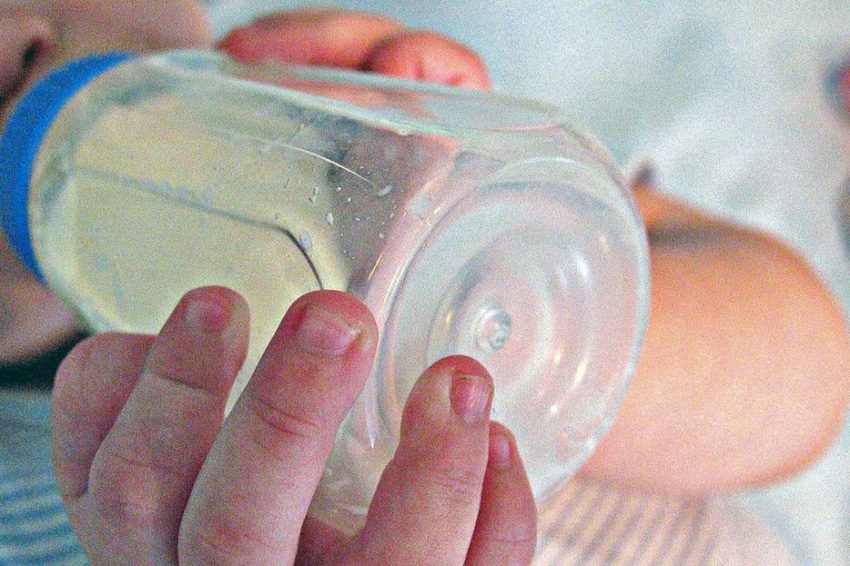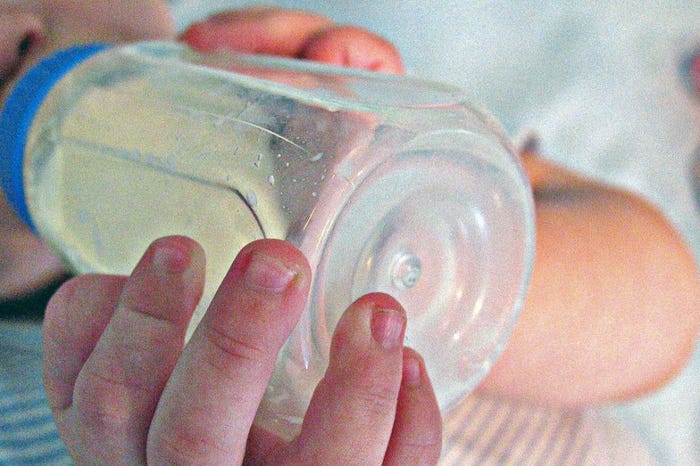Covestro seeking to bring more balance into BPA debate at Fakuma
Next to being one of the most hotly debated chemical substances in the past few years, Bisphenol A (BPA) must surely be one of the most thoroughly studied. For decades, BPA has been used for the production of the high-performance plastic polycarbonate, among other things. Nevertheless, public opinion regarding its use as a raw material remains divided, to say the least.
September 14, 2015

Next to being one of the most hotly debated chemical substances in the past few years, Bisphenol A (BPA) must surely be one of the most thoroughly studied. For decades, BPA has been used for the production of the high-performance plastic polycarbonate, among other things. Nevertheless, public opinion regarding its use as a raw material remains divided, to say the least.  According to the FDA, the available information supports the safety of BPA for the currently approved uses in food containers and packaging. People are exposed to low levels of BPA because, like many packaging components, very small amounts of BPA may migrate from the food packaging into foods or beverages. In fact, the U.S. Centers for Disease Control and Prevention has found that more than 92% of Americans ages 6 and older have BPA in their bodies, However, studies pursued by FDA’s National Center for Toxicological Research (NCTR) have shown no effects of BPA from low-dose exposure, although the FDA did ban its use in sippy cups and bottles in 2012.
According to the FDA, the available information supports the safety of BPA for the currently approved uses in food containers and packaging. People are exposed to low levels of BPA because, like many packaging components, very small amounts of BPA may migrate from the food packaging into foods or beverages. In fact, the U.S. Centers for Disease Control and Prevention has found that more than 92% of Americans ages 6 and older have BPA in their bodies, However, studies pursued by FDA’s National Center for Toxicological Research (NCTR) have shown no effects of BPA from low-dose exposure, although the FDA did ban its use in sippy cups and bottles in 2012.
Interestingly, since that time new research has shown that the risk to the very young may be less than thought: researchers at Johns Hopkins Bloomberg School of Public Health published a study in April of this year showing that while a large majority of newborns are exposed in their earliest days to BPA, they have an innate ability to chemically alter and rid their bodies of it.
Likewise, the comprehensive re-evaluation of bisphenol A (BPA) exposure and toxicity carried out by the European Food Safety Authority concluded at the beginning of this year that BPA poses no health risk to consumers of any age group (including unborn children, infants and adolescents) at current exposure levels.
On the other hand, however, numerous other studies, mainly in rats, have suggested that exposure to BPA even at low doses, is associated with a host of human ailments, including diabetes, obesity, cardiovascular, chronic respiratory and kidney diseases, breast cancer, behavioral troubles, tooth developmental defects, and abnormal fetal testes development.
In short, controversy exists and the debate continues regarding the effects of the kind of low-dose exposure that applies for most humans. Covestro, formerly Bayer MaterialScience, and a major producer of polycarbonate, which it markets under the Makrolon name, says that it welcomes this debate, and is inviting visitors to Fakuma 2015 to its stand for discussions.
“We would like to provide customers and visitors the desired information about BPA and to answer their questions,†said Dr. Sven Gestermann, Global Product Steward Polycarbonates at Covestro and Chairman of the Polycarbonate-BPA Product Group at PlasticsEurope, the association of plastics manufacturers in Europe. The discussion is often an emotional one.
“One of our aims in this is to help make the discussion more objective,†he said.
He and Markus Krieter, Marketing Manager for Polycarbonate in the regions Europe, Middle East and Africa and Latin America, will be available at the Covestro stand (Stand 4206) in Hall B4.
About the Author(s)
You May Also Like


